Disclosure: This article contains affiliate links. We may earn a commission from purchases at no extra cost to you, which helps our travel content.
As a wildlife biologist who spends most days studying forest ecosystems, my appreciation for biodiversity extends seamlessly to culinary landscapes. Poland's gastronomic heritage represents a fascinating ecological niche of its own—one where cultural adaptation, historical resilience, and seasonal rhythms converge on the plate. During a recent research trip to compare urban forest management practices across Eastern Europe, I carved out a weekend to explore Poznan's food scene, discovering that this often-overlooked Polish city harbors a remarkable culinary ecosystem worthy of serious investigation.
The Historical Foundations of Poznan's Food Culture
Understanding Poznan's culinary identity requires examining its historical strata—much like analyzing soil profiles in my forest research. The city's position at the crossroads of trade routes between Eastern and Western Europe has created a remarkable gastronomic diversity. The 16th-century Renaissance marketplace still pulses with energy, where I spent my first morning observing the intricate social dynamics between vendors and locals exchanging not just goods but cultural knowledge.
Poznań's signature St. Martin's croissants (rogale świętomarcińskie) exemplify this cultural adaptation. These crescent-shaped pastries filled with white poppy seeds, nuts, and dried fruit carry a protected geographical indication status—essentially the culinary equivalent of an endangered species designation. Their preparation involves a complex protocol that would impress even the most meticulous laboratory technician, with over 80 precise steps required for authentic production.
For those interested in deeper exploration of Polish culinary traditions, I found the Polish Food Bible invaluable for understanding the historical context behind many dishes I encountered.
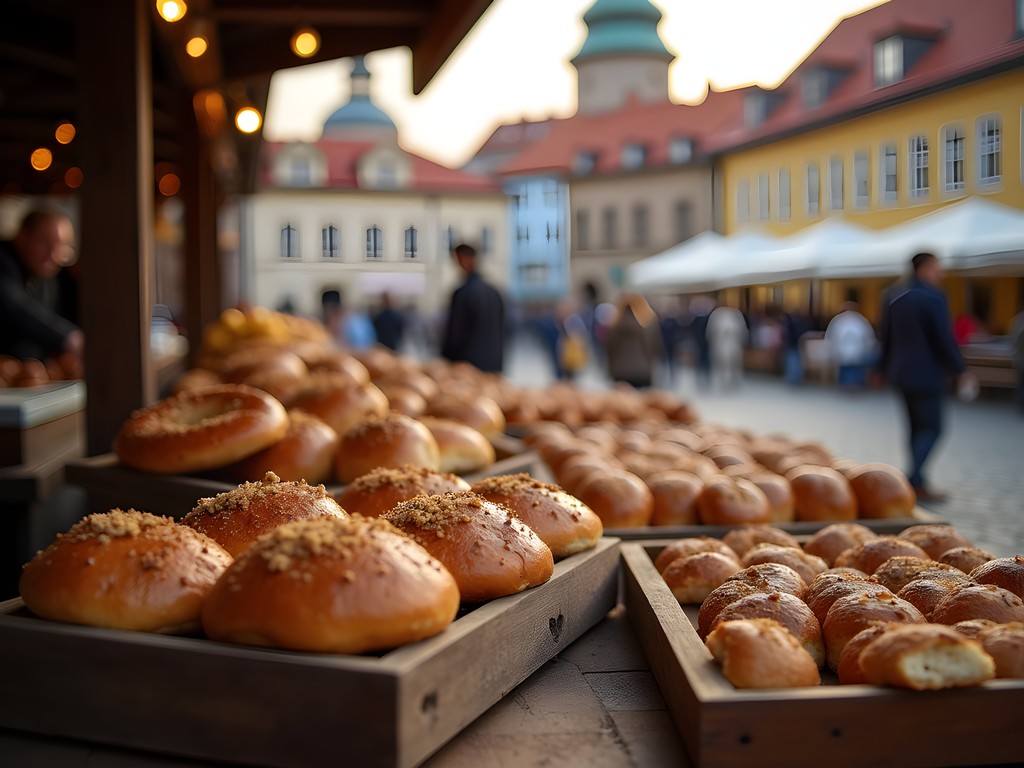
💡 Pro Tips
- Visit the Rogalowe Muzeum to witness the traditional preparation of St. Martin's croissants with live demonstrations
- Time your visit to coincide with the St. Martin's Day celebrations (November 11) when the city consumes over 250 tons of these croissants
- Sample versions from different bakeries—like biodiversity, subtle variations exist between producers
Forest to Table: Foraging Traditions in Greater Poland Cuisine
My professional fascination with forest ecosystems found delightful expression in Poznan's culinary traditions. The Greater Poland region surrounding the city maintains a profound connection to its woodland resources—a relationship that manifests beautifully on local menus.
At Restauracja Toga, I discovered how wild mushroom foraging shapes seasonal cuisine. My server explained that locals still practice the traditional ecological knowledge of mushroom identification passed through generations—a parallel to the indigenous knowledge systems I've studied in tropical forests. The restaurant's zupa grzybowa (wild mushroom soup) demonstrated remarkable complexity, with distinct notes from several fungal species collected from nearby oak-hornbeam forests.
Foraging extends beyond fungi to include wild berries, herbs, and even tree saps. During my visit, I participated in a small-group forest excursion led by a local chef who demonstrated sustainable harvesting techniques. For those interested in similar experiences, I recommend bringing a foraging bag to collect your finds while allowing spores to disperse—supporting forest regeneration while gathering ingredients.

💡 Pro Tips
- Book forest-to-table experiences through local restaurants rather than large tour companies for authentic knowledge
- Learn basic mushroom identification before attempting independent foraging—Poland has strict regulations protecting forest resources
- Visit in late September for peak mushroom season, when locals eagerly hunt for prized *borowik* (porcini) specimens
Pierogi Perfection: Mapping Poznan's Dumpling Diversity
If Poland's national dish were subject to taxonomic classification, pierogi would represent not a single species but an entire genus with remarkable regional variation. In Poznan, I conducted what I jokingly called my "pierogi transect study," systematically sampling these dumplings across different establishments to document their diversity.
At Pierożak na Półwiejskiej, the humble storefront belies the scientific precision with which they craft their dumplings. Their pierogi z mięsem (meat-filled pierogi) feature a particular dough-to-filling ratio that creates the perfect textural equilibrium—a culinary homeostasis worth experiencing. Meanwhile, at Wypas, I encountered innovative adaptations: pierogi filled with duck and apple that demonstrate how traditional forms can evolve to incorporate new culinary influences.
For cooking enthusiasts wanting to attempt pierogi at home, I found the pierogi press essential for achieving consistent results without the years of practice Polish grandmothers possess. During my visit, I also purchased a traditional wooden rolling pin from a local craftsman, which has significantly improved my dough-handling capabilities in my Belfast kitchen.
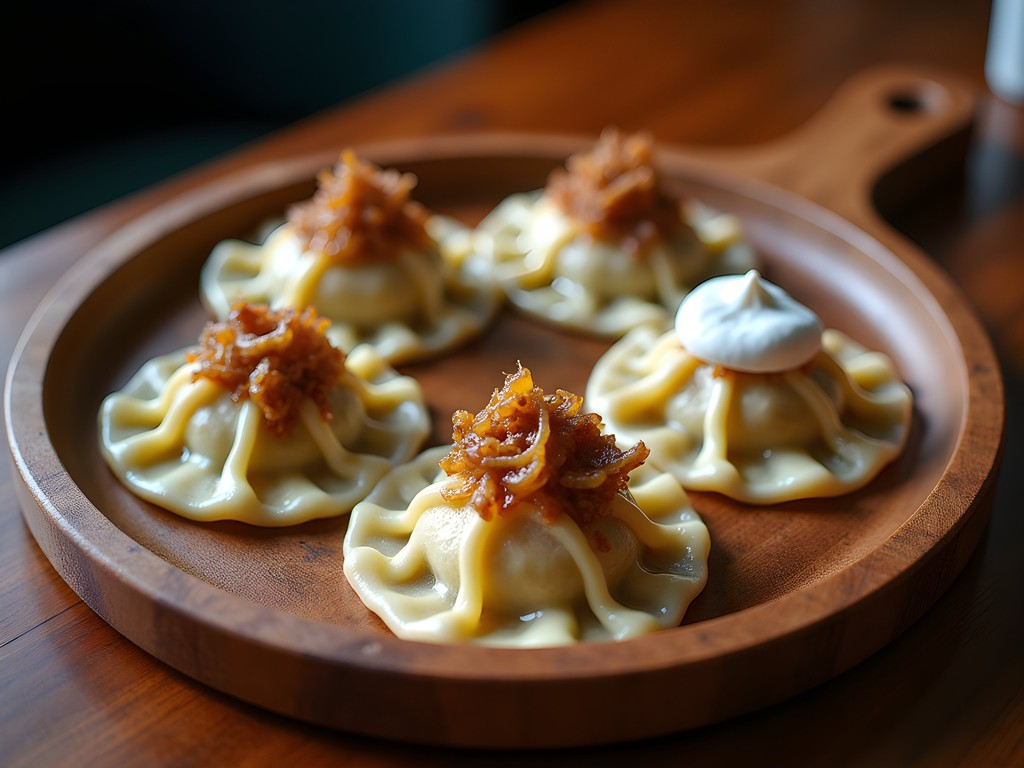
💡 Pro Tips
- Order mixed pierogi plates to sample multiple varieties in one sitting
- The traditional way to eat pierogi is with a dollop of sour cream and fried onions—embrace it
- Look for places where pierogi are made by hand rather than machine—the textural difference is immediately apparent
Liquid Ecology: Poznan's Craft Beer Renaissance
While Poland's vodka traditions are well-documented, Poznan has emerged as a center for craft beer innovation—a development I found particularly intriguing given my research on how traditional knowledge systems adapt to contemporary contexts.
The fermentation processes behind these craft beverages represent microbial ecosystems as complex as any forest soil community I've studied. At Browar Pinta's taproom, I engaged the brewmaster in a fascinating discussion about wild yeast strains and their influence on flavor profiles. Their experimental series using locally foraged ingredients demonstrates a sophisticated understanding of terroir that rivals any wine producer.
For those exploring Poznan's beer scene, I recommend using a beer tasting journal to document your sensory observations. My field notes approach to beer tasting has allowed me to identify fascinating patterns in how different breweries interpret traditional Polish styles.
Perhaps most interesting was my discovery of historical brewing techniques being revived at Browar Za Miastem, where they're recreating recipes documented in 16th-century manuscripts. Their grodziskie—a historical smoked wheat beer indigenous to Poland—represents a successful cultural conservation effort comparable to habitat restoration projects in my field.
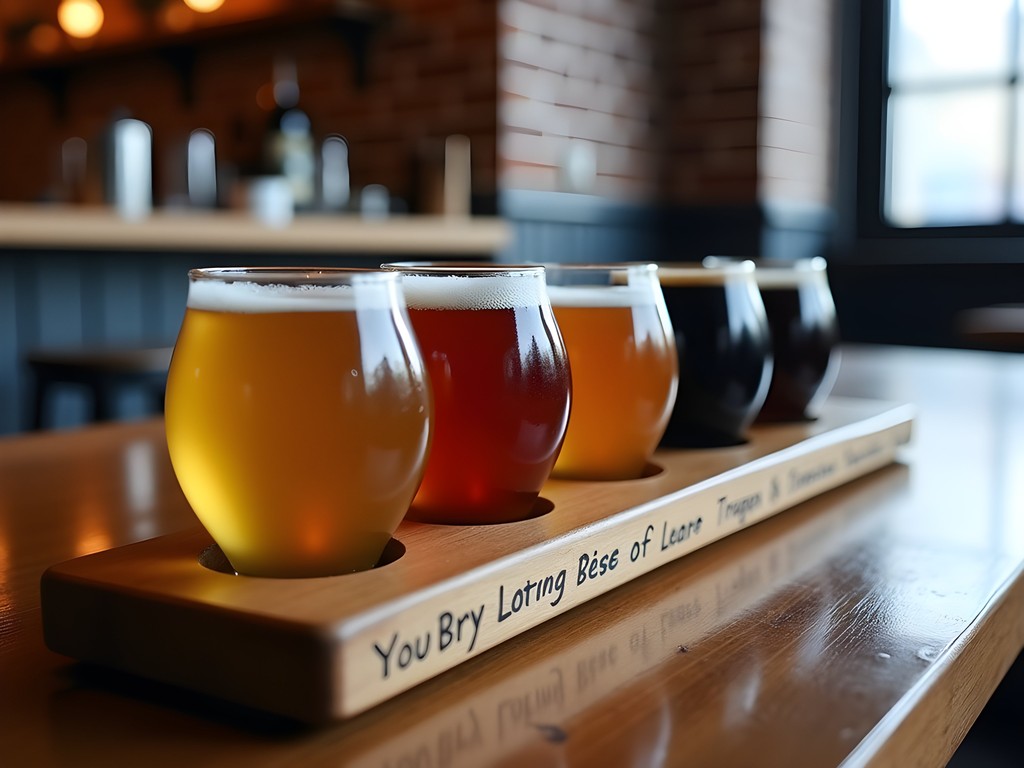
💡 Pro Tips
- Visit during the Poznań Beer Expo (typically held in November) to sample from dozens of regional breweries in one location
- Ask bartenders about seasonal brews incorporating foraged ingredients like spruce tips or elderflower
- Look for beers labeled 'Polish Craft Certification' which guarantees independent production and traditional methods
The Modern Culinary Laboratory: Poznan's New Wave Restaurants
Beyond traditional fare, Poznan hosts a burgeoning contemporary restaurant scene where chefs apply experimental approaches to Polish culinary heritage—not unlike how modern science builds upon traditional ecological knowledge in my field.
At Modra Kuchnia, chef Agata Michalak practices what she calls 'culinary archaeology,' researching historical recipes from the Greater Poland region and reinterpreting them through modern techniques. Her deconstructed bigos (hunter's stew) maintains the dish's complex flavor profile while transforming its presentation into something worthy of a scientific journal illustration.
For those interested in molecular gastronomy techniques being applied to Polish cuisine, I recommend making reservations well in advance at Muga, where traditional fermentation meets modern science. During my visit, I was particularly impressed by their use of a sous vide precision cooker to perfect the texture of traditionally tough cuts used in Polish stews—a technique I've since adopted for my own cooking experiments.
The most fascinating aspect of these modern establishments is their commitment to local sourcing—creating a restaurant-forest-farm ecosystem that supports regional biodiversity while delivering exceptional dining experiences. Many maintain direct relationships with small-scale producers, creating economic incentives for sustainable agricultural practices.
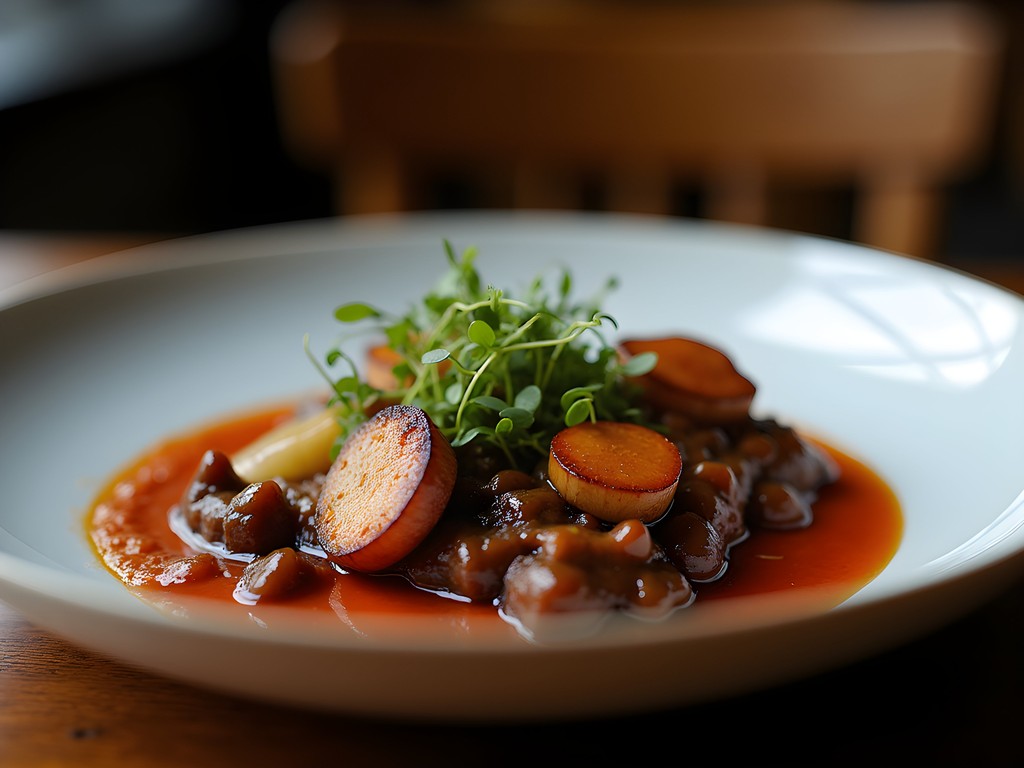
💡 Pro Tips
- Make reservations at least two weeks in advance for higher-end restaurants, especially during summer tourist season
- Ask about chef's tasting menus which often feature experimental dishes not on the regular menu
- Look for restaurants displaying the 'Culinary Heritage of Greater Poland' certification which indicates commitment to local sourcing
Final Thoughts
As my research trip concluded and I reluctantly departed Poznan, I found myself reflecting on the parallels between biodiversity conservation and culinary heritage preservation. Both require dedicated stewards, adaptability to changing conditions, and a deep respect for traditional knowledge systems. What makes Poznan particularly special is the seamless integration of innovation without abandoning cultural roots—a balance many cities struggle to maintain in our rapidly homogenizing world.
For couples seeking a gastronomic weekend adventure, Poznan offers an ideal laboratory for culinary exploration. The city's manageable size means you can conduct your own systematic sampling of Polish cuisine without the overwhelming options of Warsaw or Krakow. Whether you're meticulously documenting each pierogi variety or simply enjoying the sensory experience of a forest-inspired meal, Poznan rewards curious palates with authentic flavors and surprising discoveries.
As I integrate these culinary insights into my broader understanding of how human communities interact with natural resources, I'm already planning my return visit—perhaps during mushroom season, when the connection between forest ecology and Polish gastronomy is at its most vibrant. Until then, my kitchen experiments with pierogi dough will have to suffice as I attempt to recreate a small taste of Poznan's remarkable culinary ecosystem.
✨ Key Takeaways
- Poznan offers an accessible introduction to authentic Polish cuisine without the tourist crowds of larger cities
- The connection between forest ecosystems and traditional Polish dishes creates unique seasonal dining opportunities
- Both traditional establishments and modern restaurants demonstrate remarkable commitment to local ingredients and techniques
📋 Practical Information
Best Time to Visit
year-round, with seasonal specialties (mushrooms in autumn, berries in summer)
Budget Estimate
$50-100 per day for dining experiences across different price points
Recommended Duration
2-3 days for comprehensive culinary exploration
Difficulty Level
Beginner


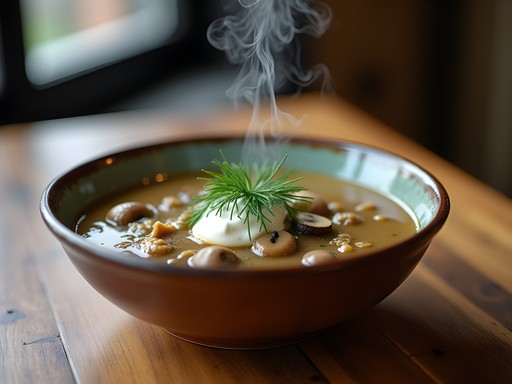
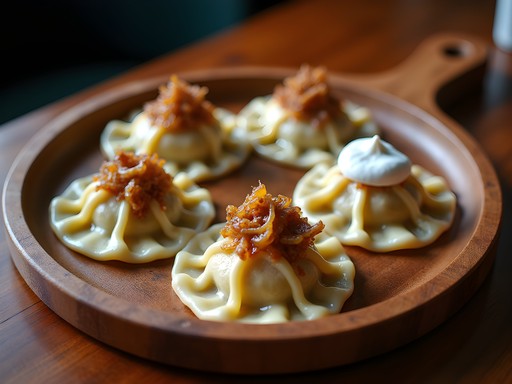
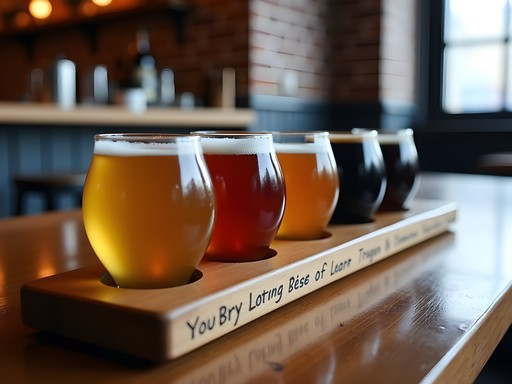



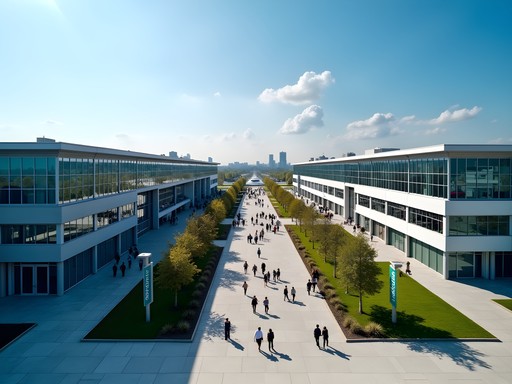

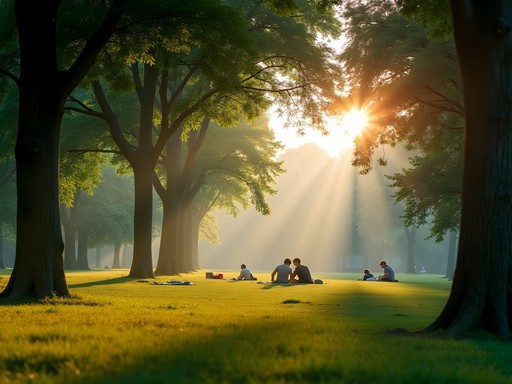





Comments
wandermate1741
Just got back from Poznan and this post is SPOT ON!! The craft beer scene there blew me away - tried this amazing spruce-tip infused IPA at one of the microbreweries you mentioned. Who knew Poland was such a foodie paradise?! Your photos of those wild mushroom dishes have me craving them all over again!
springlegend
wandermate1741 which brewery had the spruce-tip IPA? That sounds amazing!
wandermate1741
It was at Browar Św. Józef! They rotate their taps pretty regularly but their seasonal stuff is always incredible. The bartender told me they forage a lot of their botanical ingredients too!
Douglas Bradley
Connor, your parallel between biodiversity and culinary heritage is brilliant. As someone who's extensively documented Eastern European food cultures, I found your section on foraging traditions particularly insightful. Last autumn, I joined a local foraging guide in the forests outside Poznan who showed me how to identify edible mushrooms - an experience that transformed how I understand Polish cuisine. The way seasonal foraged ingredients appear on menus throughout the city creates this beautiful ecological narrative on the plate. Did you get a chance to visit any of the weekend farmers markets? The one at Plac Bernardyński had some fascinating wild preserves and ferments.
Connor Gonzalez
Thanks Douglas! I did make it to that market - those wild berry preserves were incredible. I actually used my foraging guide while there, which helped identify several varieties I'd never encountered in North America. The ecological knowledge of the average Polish home cook puts most professional chefs to shame!
springlegend
This is so timely! I'm heading to Poznan next month - any specific pierogi spots you'd recommend that weren't in the article? The dumpling diversity section has me drooling!
Douglas Bradley
Not the author, but I was in Poznan last spring. Definitely check out Pierożak on Wrocławska street. Their forest mushroom pierogi are incredible - really showcases that forest-to-table concept Connor mentioned.
springlegend
Thanks Douglas! Adding it to my list. Those mushroom ones sound perfect for the fall weather.
Connor Gonzalez
Springlegend - can't believe I forgot to include Pierożak in the article! Douglas is spot on. Also try Ratuszova for their seasonal pierogi varieties. In November they might still have their pumpkin and sage filling!
dreamlover
Great post! I'm fascinated by the foraging traditions you mentioned. Is it possible for tourists to join any guided foraging trips around Poznan? Would love to learn more about identifying wild mushrooms and herbs.
Connor Gonzalez
@dreamlover Yes! There's a fantastic guide named Marek who runs seasonal foraging tours in the forests outside Poznan. Look up 'Wild Poland Foraging' - they operate May through October. Just be prepared for early mornings!
nomadmood
Those pierogi photos are making me drool! Heading to Poland next month, definitely adding Poznan to the itinerary now.
beachvibes
@nomadmood Make sure you try the duck blood soup too! Sounds scary but it's actually delicious.
nomadmood
Duck blood soup?! 😳 Not sure if I'm that adventurous but I'll think about it lol
winterway
This blog post has me STARVING! 😍 I've never tried Polish food before but those forest-foraged mushroom dishes sound incredible! Connor, did you have a favorite pierogi filling? And where was the absolute best place you found them in Poznan? Adding this to my bucket list right now!
Claire Hawkins
Connor, your piece brought back wonderful memories of our family trip to Poznan last autumn! My kids still talk about the pierogi-making workshop we did near the old town. The grandmother who taught us had been making them for over 60 years and showed us her family's secret technique for the perfect dough. For anyone traveling with children, I highly recommend these hands-on food experiences - it connected us to Polish culture in a way that sightseeing alone never could. We used this food guide to find local workshops and it was worth every złoty!
winterway
Claire, that pierogi workshop sounds amazing! Do you remember the name? Planning a trip with my nieces and they would love something like that.
Claire Hawkins
@winterway It was called 'Babcia's Kitchen' - small place run by a local family. They limit it to 8 people per class so book early! Your nieces will love it.
beachvibes
Just got back from Poznan last month and the food scene blew me away! Those St. Martin's croissants you mentioned were life-changing - I literally went back to the same bakery three days in a row. The craft beer scene was also incredible. We stumbled upon this tiny brewery in the old town square that had this amazing cherry beer. Connor, your comparison between biodiversity and culinary diversity really resonated with me. It's exactly how I felt exploring the food markets there!
Connor Gonzalez
Thanks @beachvibes! Those St. Martin's croissants are dangerously addictive, aren't they? Which brewery did you visit? I'm planning another trip and always looking for new spots to try.
beachvibes
It was called Brovaria! Right on the old market square. Their house-brewed honey beer was also fantastic. Definitely worth a return visit!
beachwanderer6321
Those pierogi photos are making me hungry! 😍
starqueen
Connor, I really appreciate how you connected ecology to gastronomy in this piece. Having visited Poznan twice, I noticed how seasonal their menus are but never made that connection to biodiversity. The craft beer section was particularly interesting - I tried a birch sap beer at a small brewery near the old town that was unlike anything I've had before. Also worth mentioning is the incredible bread culture in Poznan. There's a bakery called Ruskie Piekarnie that uses traditional fermentation methods and local grains. Their sourdough with caraway seeds is worth the trip alone! Thanks for highlighting a city that often gets overshadowed by Krakow and Warsaw.
Venture X
Premium card with 2X miles, $300 travel credit, Priority Pass